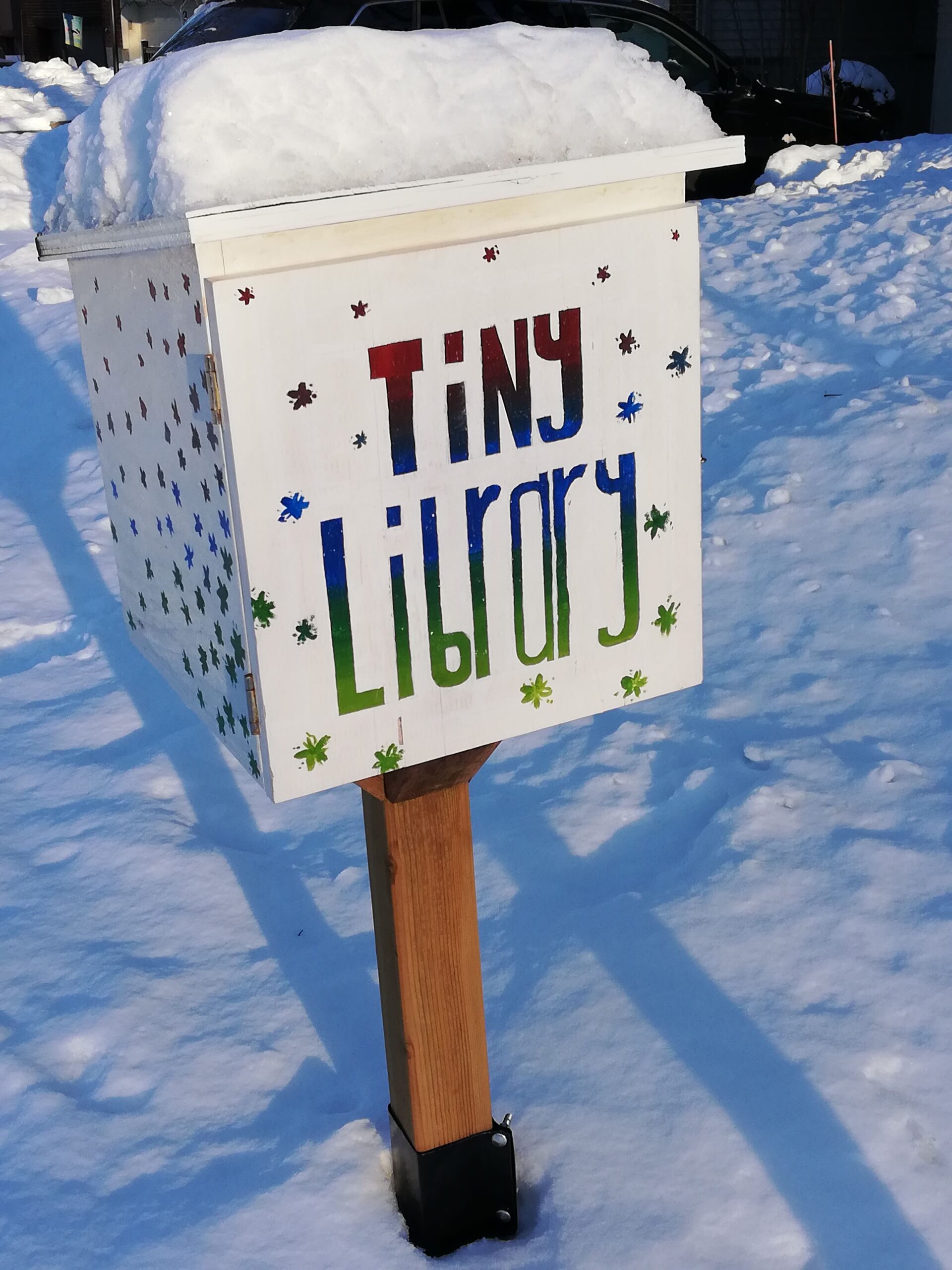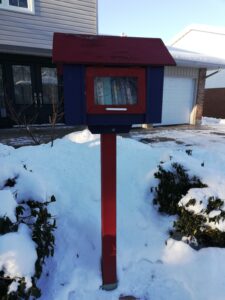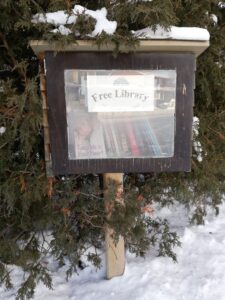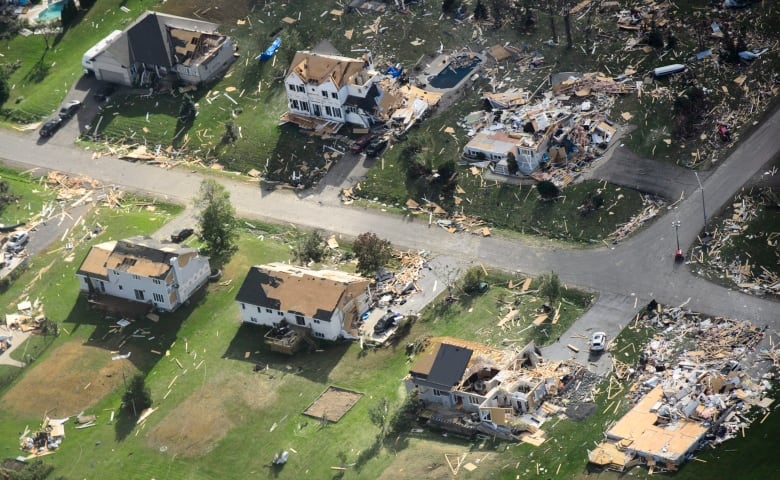Our Hunt Club community is enclosed on three sides by its own ‘greenbelt’. At its western edge, residents in Quinterra-Woods enjoy the constructed storm water ponds, pathways and park along the Rideau River; at the north side, locals in Hunt Club Woods and Hunt Club Chase make constant use of, and vigilantly watch over the whole ‘southern corridor’ with its wooded lands; the inhabitants in Hunt Club Chase also enjoy the pathway around the Wendy Stewart Ponds, at the eastern border of our community.
What about the southern periphery of our community? Well, for the past couple of generations, Hunt Club Estates (along with the Airbase, Windsor Park and more recently Wisteria Park) neighbours have been accessing the Red Pine wooded stand and its contiguous mixed, hardwood forest for recreational and nature activities. It is their ‘little piece of paradise’, treasured by all. This naturalizing forest used to extend all the way west to Billy Bishop Private until a big chunk of it was clearcut to put in the building occupied since 2005 by the Lowe-Martin Group.
One might argue that it is these urban green spaces, spread throughout the neighbourhoods mentioned above, that give Hunt Club its very flavour, its ‘brand’ – that which it is known for and continues to attract home buyers who choose it as their place to call home. “Residents have a very strong preference for green spaces and nature in their community.” and “are concerned about the preservation of nature.” [1]
We know that the Red Pine stand was planted over sixty years ago as a monoculture ‘tree farm’. Unfortunately, when this parcel of land was sold to the federal government, thus becoming crown land, it was totally neglected, never once thinned, as per good forestry practice. Some would quickly point to this fact as a reason for it no longer having any value. However, those who have been frequenting this area for the past 40 years know otherwise: they have observed nature at work, with an understory of new herbaceous plants and trees actively sprouting and growing throughout, giving it a more natural forest look. As the saying goes, ‘one man’s garbage is another man’s treasure.’ Is it any wonder then, that community members want to keep this forest, with all its environmental benefits, and continue to access it in perpetuity to enjoy the recreational activities within it? For a sampling of the variety of flora and fauna in this now thriving ecosystem: https://www.savehuntclubforest.ca/biodiversity/
One way to capitalize on this neglected Red Pine woodlot would be to regenerate it into a mixed, hardwood forest, transforming the entire area north of De Niverville Private, south of Hunt Club Rd and east of Billy Bishop Private into one continuous healthy forest. Foresters know that “Red Pine dominated forests can be managed for increased habitat value and species biodiversity through greater use of ecological management techniques such as legacy retention, mixed-species and multi-age management, variable density thinning, and long rotations.” [2] Many other advantages of an urban forest can be found here: https://www.savehuntclubforest.ca/about/
So what is the issue? This crown land (approximately 14 hectares), currently designated as T1A in the City’s zoning framework, has been leased to the Ottawa International Airport Authority since 1997. The Ground Lease signed between the OIAA and the Ministry of Transport includes the right to sublease these grounds for commercial development. Indeed this is exactly what the OIAA has been planning for the strip of land now occupied by the Red Pine trees (and for other lands also zoned T1A).
It is the application made to the City of Ottawa, on behalf of Otto’s BMW car dealership, to allow for additional storage space along with a parking lot to be built at the east end of this parcel of land that brought this whole issue to light. This particular development would require a clear cutting of at least 4 acres of these Red Pines. The moment the posters announcing this plan went up along the fence of the ‘Hunt Club Forest’, the community immediately mobilized to express its strong opposition to this plan. A multi-prong campaign of daily protests along Hunt Club Rd, researching, letter writing, and phone calls quickly kicked into gear since early June. To be clear: Although this application has been temporarily withdrawn from the City’s Planning Department, the file remains ‘active’, which means that it has not been cancelled: https://www.savehuntclubforest.ca/2021/08/28/ottos-plans-parked/
We understand that the OIAA needs to ensure its own financial sustainability and that it seeks to increase its economic impact by generating employment and economic activity on its leased lands. The economic gains by developing this strip, then subleasing it would be substantial, no doubt. With the financial losses accrued by the OIAA over the last couple of years because of the whole pandemic situation, one can appreciate how this would be a welcomed strategy.
However, we are in a climate crisis and there are other ways that the OIAA can stimulate the local economy, without clear cutting these Red Pines. The many nearby hotels could certainly market an urban forest within walking distance (or within a 5 minute drive) as an asset to prospective guests traveling here to attend conferences. After a long day of workshops and meetings, a stroll in the woods is a great destresser. Job opportunities could also be created for scientific research in silviculture projects related to the forest’s regeneration and perhaps eradication of targeted invasive species. The recognition of the community’s expressed desire to protect and preserve this urban forest is a great opportunity for the OIAA to raise its profile as a more respected ‘community partner’.
The OIAA still has access to another 580 hectares of land, roughly, (designated T1A for commercial development) to the east and west of the Airport Parkway, all potential sources of revenue, once sublet. This includes the E Y Centre on Uplands Drive. Would the potential development of these lands not provide the needed revenue to offset the losses sustained by the OIAA over the pandemic? Once international travel happy Canadians start flying to their preferred destinations again, will that not quickly bring the OIAA’s revenues to the required levels?
Let us also remember the millions of dollars recently given to the OIAA by the federal government, first to support the cost of the new LRT being built to the airport, and then to help compensate for the losses caused by the Covid-19 situation. The federal government also waived the OIAA’s rent fees for ten months in 2020 and for the whole 2021 year. These facts are important to be aware of.
We are hoping that in this era of climate urgency, the OIAA, will honour its corporate culture of responsibility, respect of the environment, and of the local community; will work in partnership with the ministries of Transportation, Natural Resources and Environment, via our elected federal, provincial and municipal representatives; will demonstrate the kind of leadership expected from them; and will agree to amend their Ground Lease with Transport Canada, by removing the ‘Hunt Club Forest’ parcel of land from it, in order that it be protected and preserved in perpetuity. And that’s what all the fuss is about!
[1] Hunt Club Neighbourhood Plan – Existing Conditions Report, November 1997
[2] http://ncrs.fs.fed.us/fmg/nggm/rp

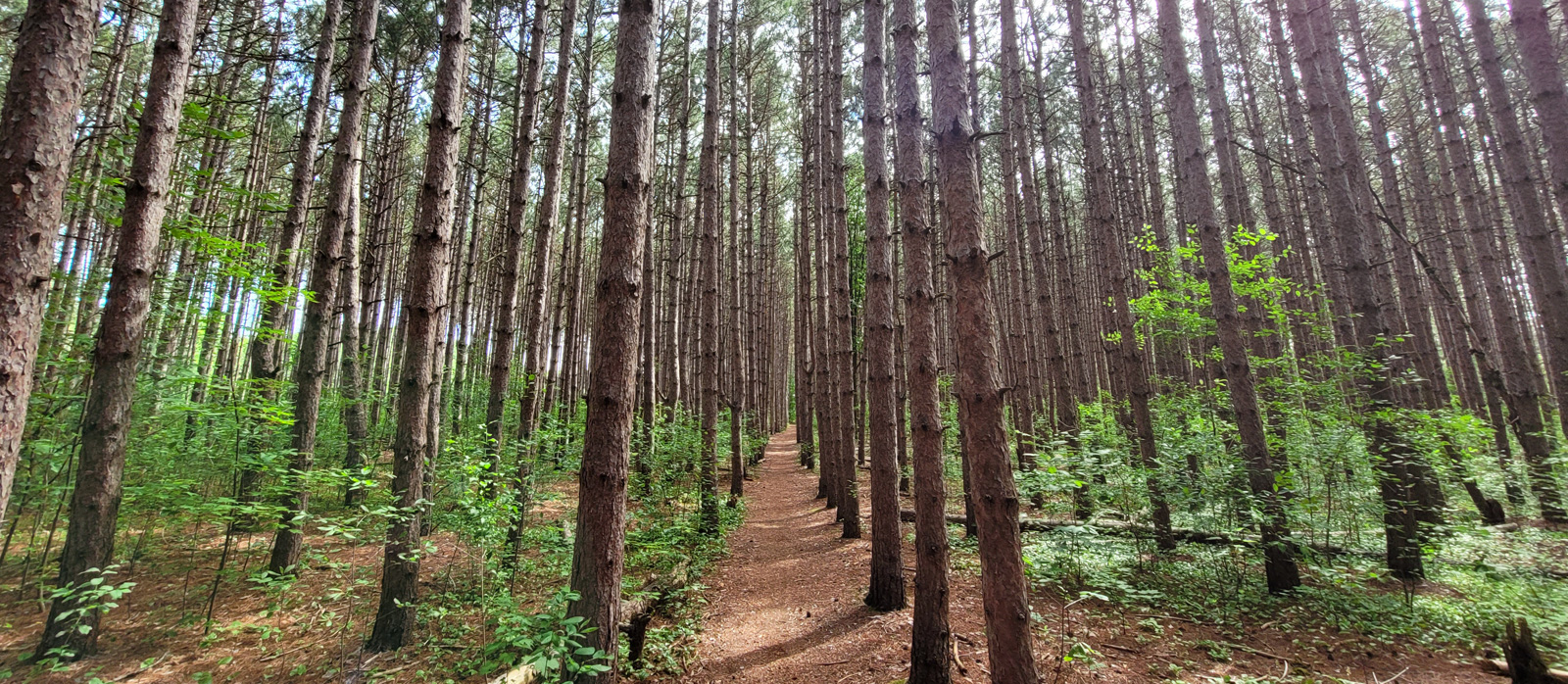
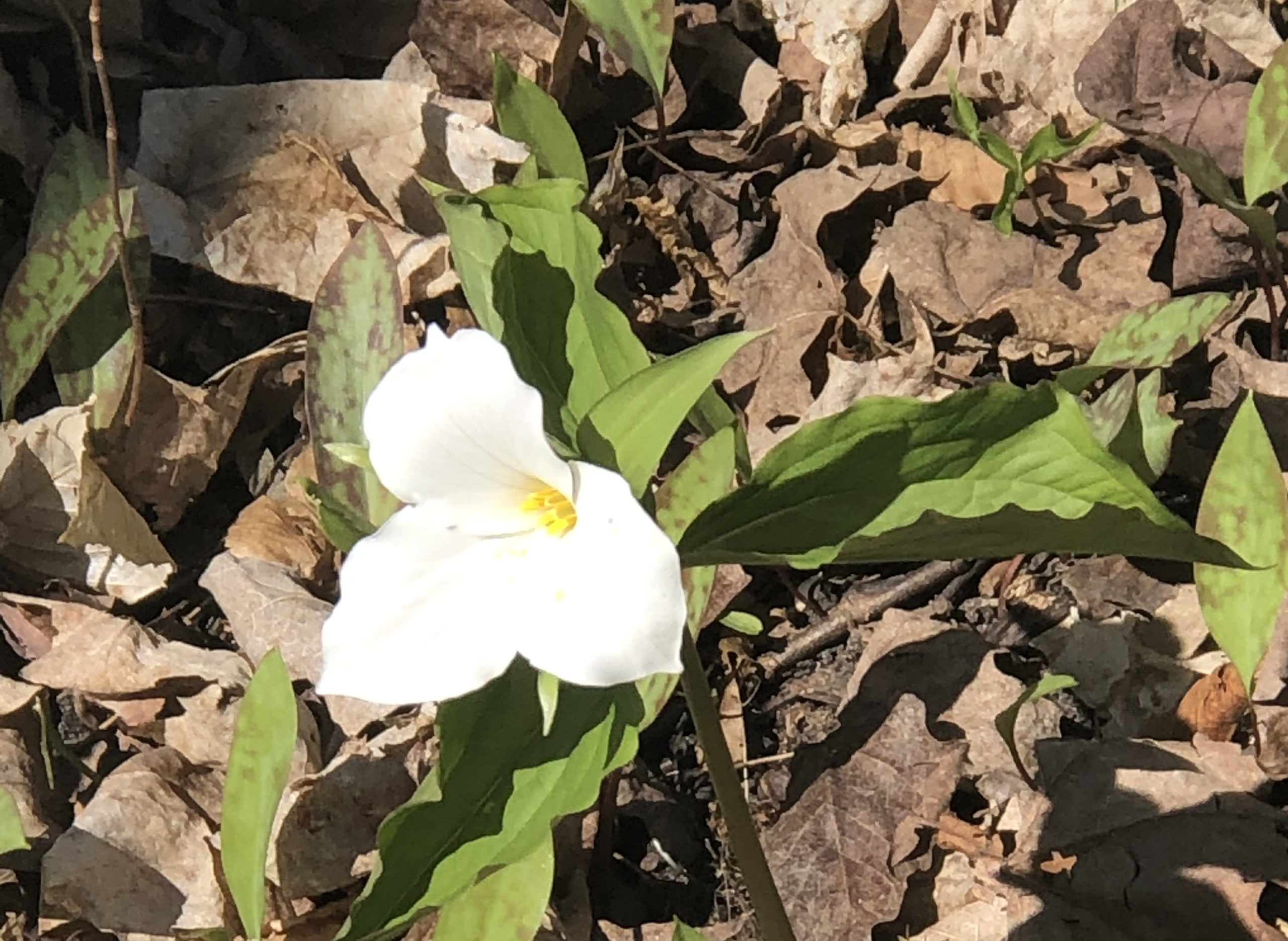

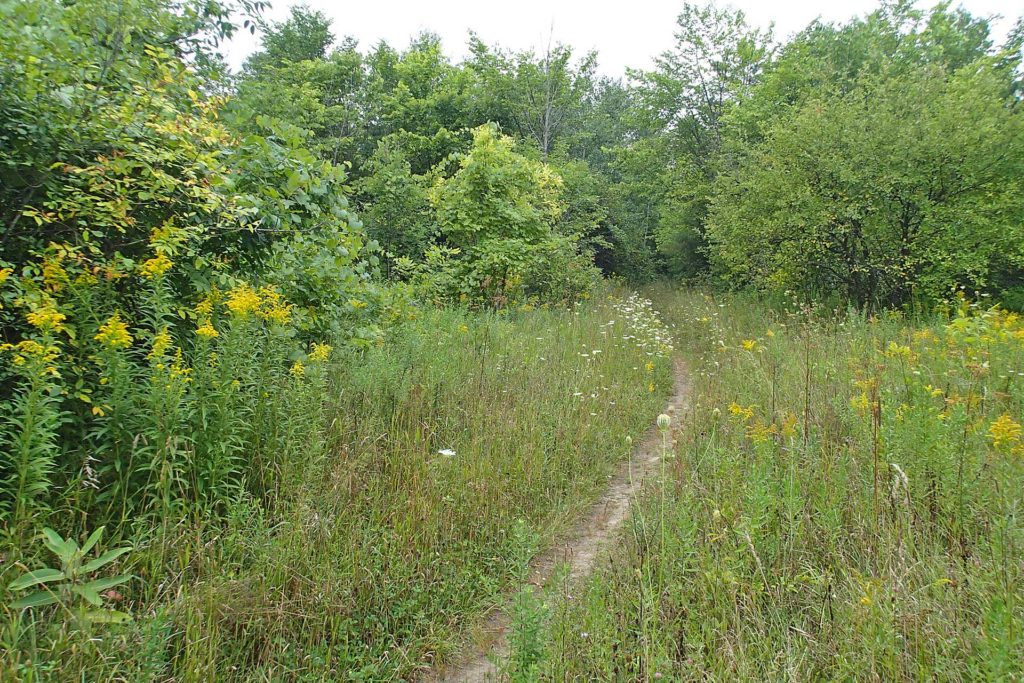


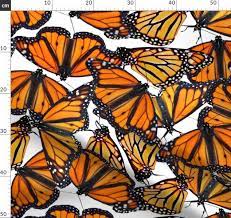
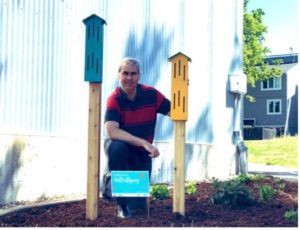
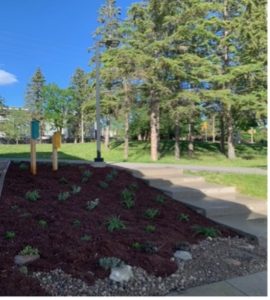
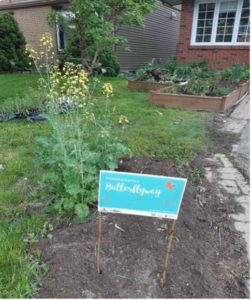




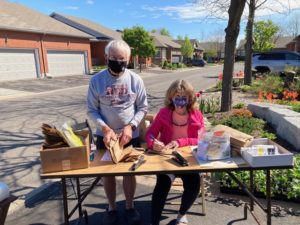
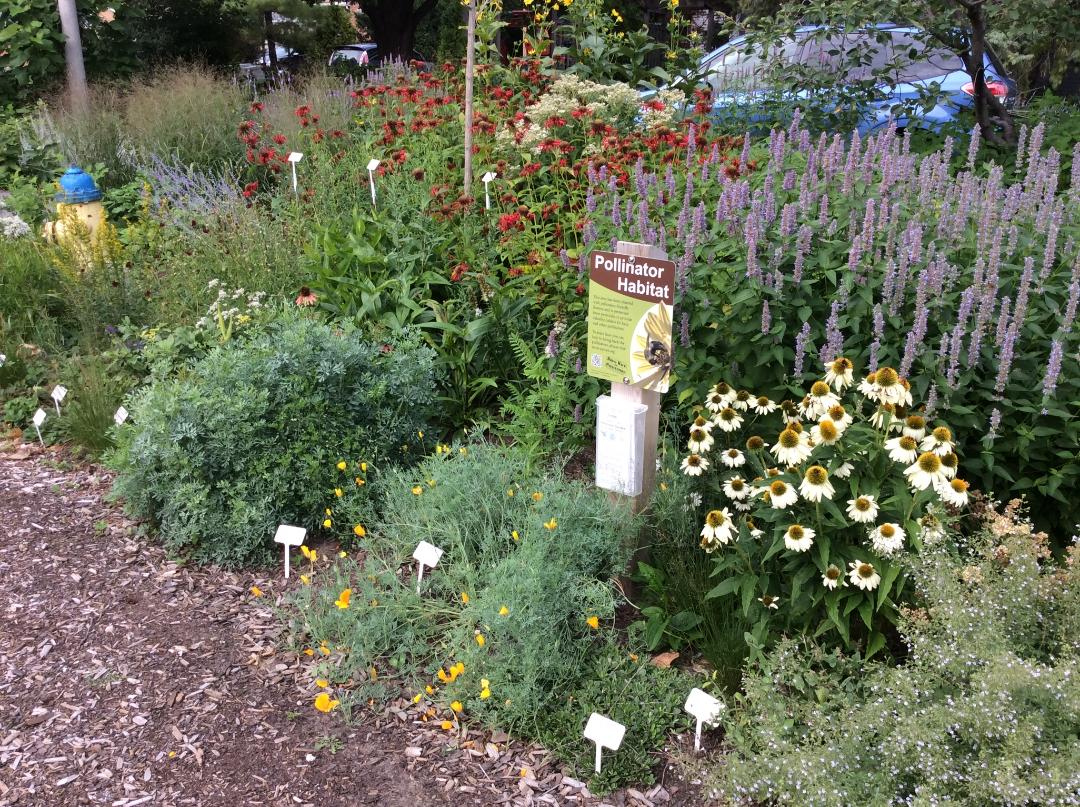
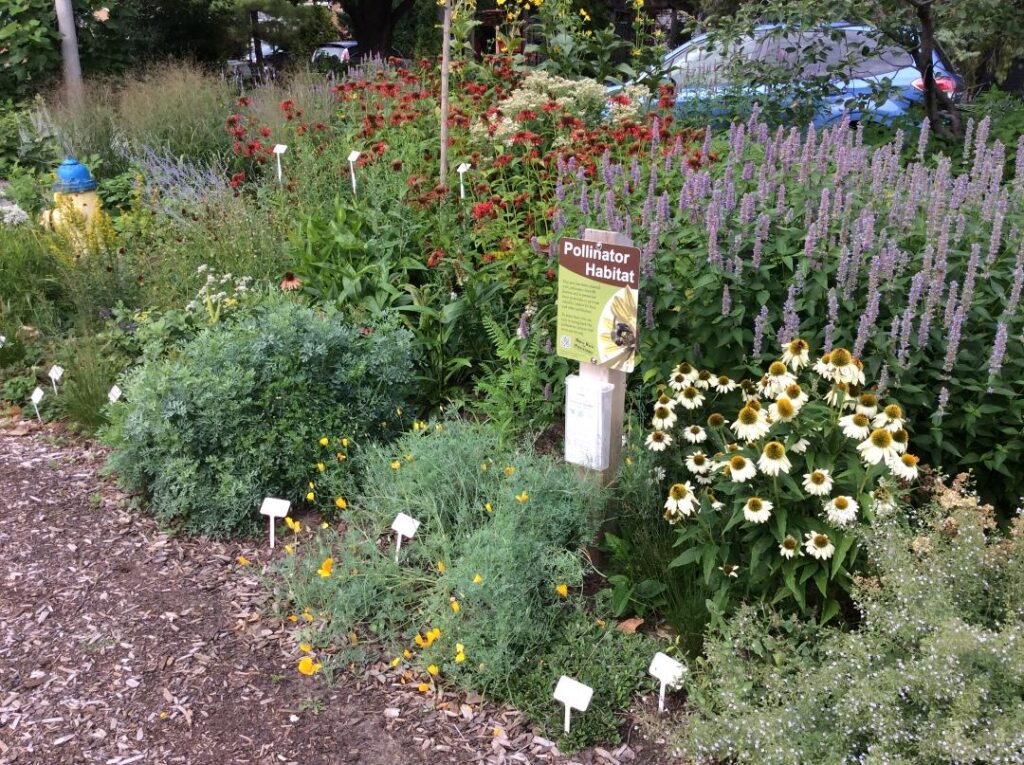

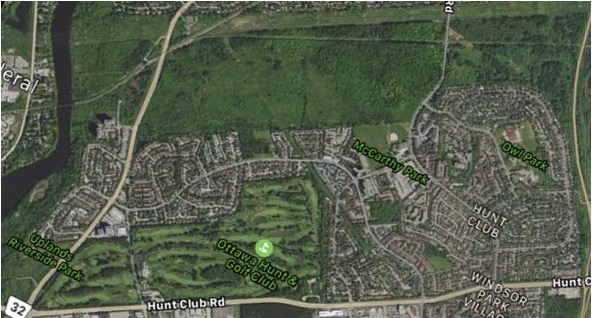
 Do you look forward to this time of year? Fresh green is the colour of the season, With McCarthy Woods, the adjacent Southern Nature Corridor, the Hunt and Golf Club, and various parks, there’s more than 50% green in this satellite image of our communities.
Do you look forward to this time of year? Fresh green is the colour of the season, With McCarthy Woods, the adjacent Southern Nature Corridor, the Hunt and Golf Club, and various parks, there’s more than 50% green in this satellite image of our communities.
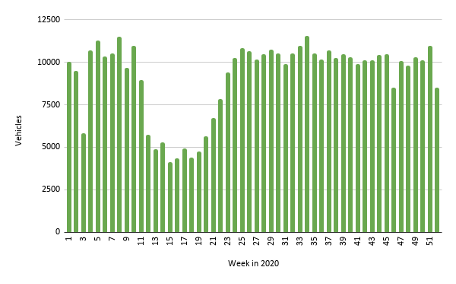
 Throughout the year Friday is the busiest day on the roads; Sunday is quietist. Friday 21 August was the busiest day of the year.
Throughout the year Friday is the busiest day on the roads; Sunday is quietist. Friday 21 August was the busiest day of the year.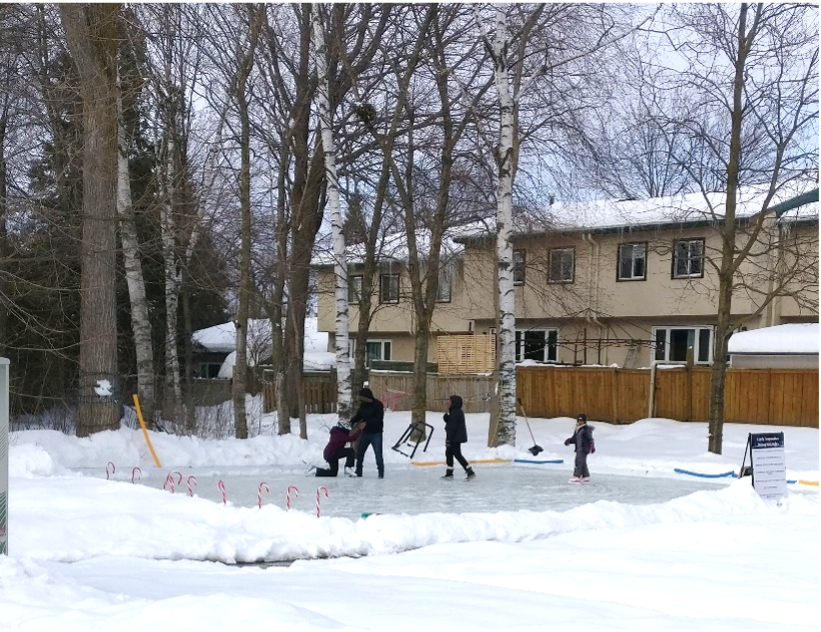
 roads of the nearby Co-op were remarkable.
roads of the nearby Co-op were remarkable. The oldest, largest and best known is Quarry Co-op located across McCarthy Road from the community centre. Built in 1976 on a 10-acre lot it consists of 244 townhouses ranging in size from one to four bedrooms. Being older it’s a step ahead of Coady Co-op in renovating, adding better insulation and windows as seen in this photo from February. Congratulations to both co-ops for doing their part to fight climate change while saving on energy costs.
The oldest, largest and best known is Quarry Co-op located across McCarthy Road from the community centre. Built in 1976 on a 10-acre lot it consists of 244 townhouses ranging in size from one to four bedrooms. Being older it’s a step ahead of Coady Co-op in renovating, adding better insulation and windows as seen in this photo from February. Congratulations to both co-ops for doing their part to fight climate change while saving on energy costs.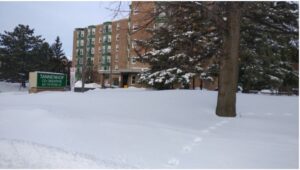 Tannenhof Housing Co-op at 131 Twyford is a six-story retirement residence with 74 suites. It is designed for wheelchair accessible independent living, with organized leisure activities.
Tannenhof Housing Co-op at 131 Twyford is a six-story retirement residence with 74 suites. It is designed for wheelchair accessible independent living, with organized leisure activities.
